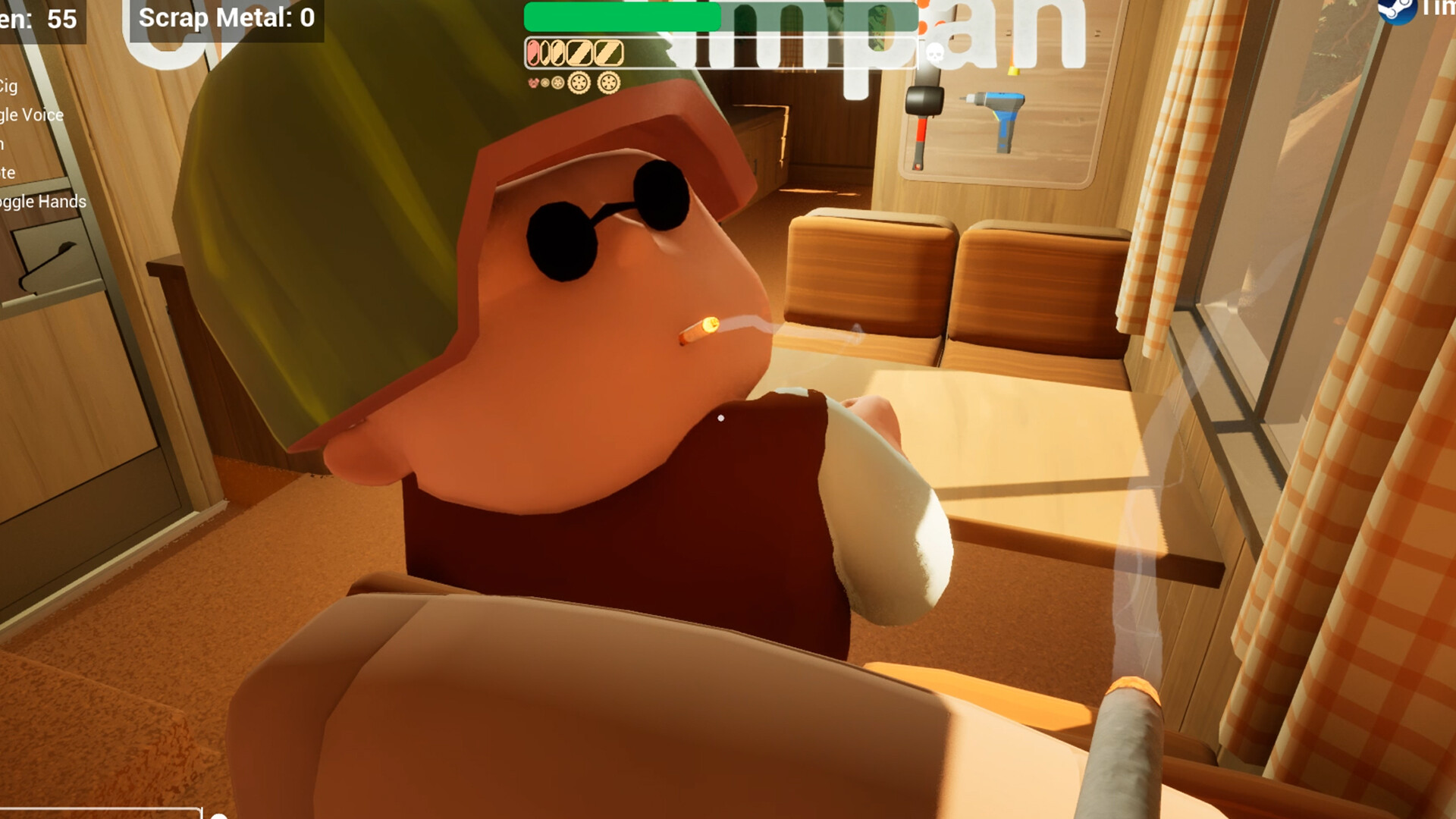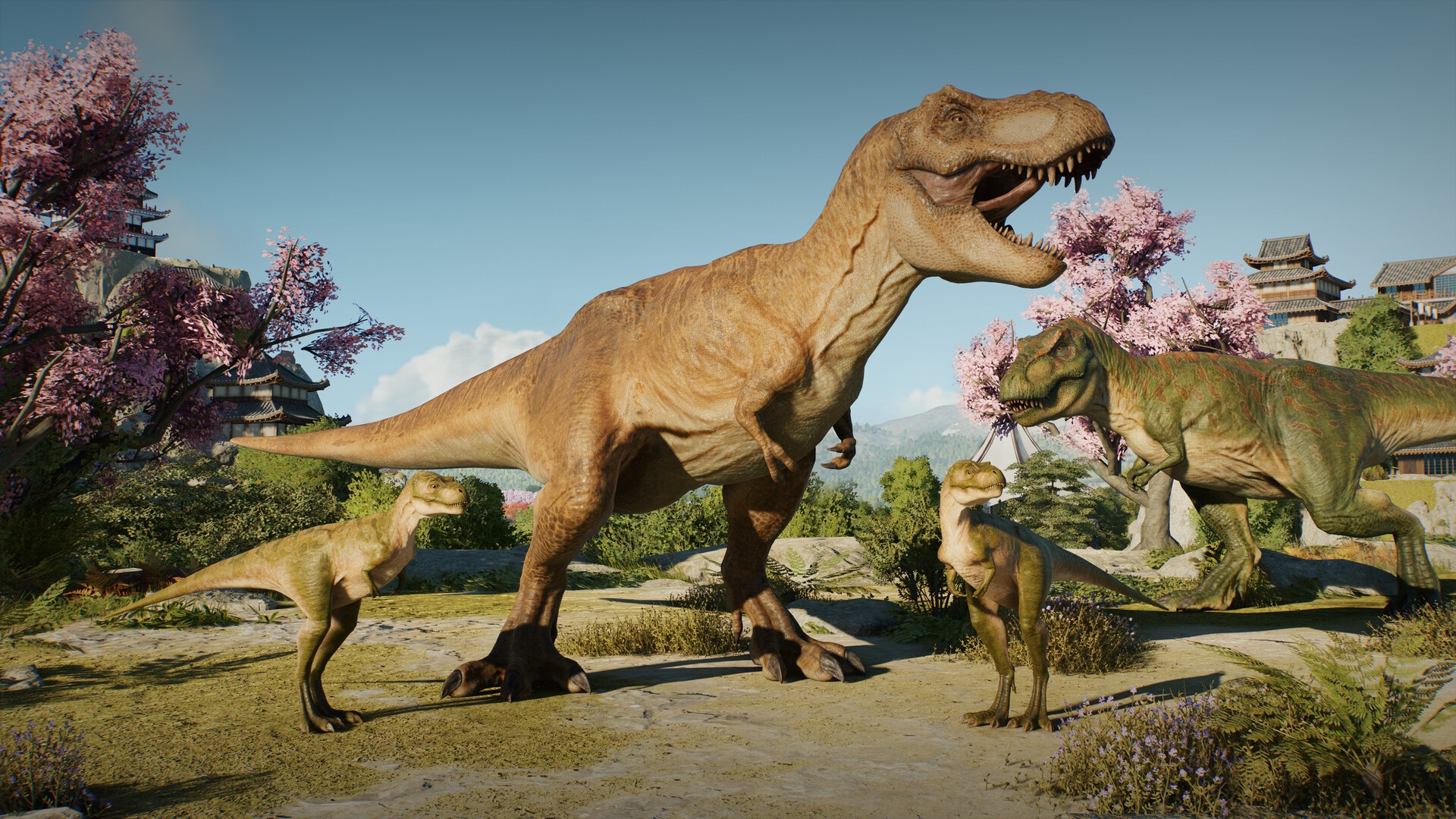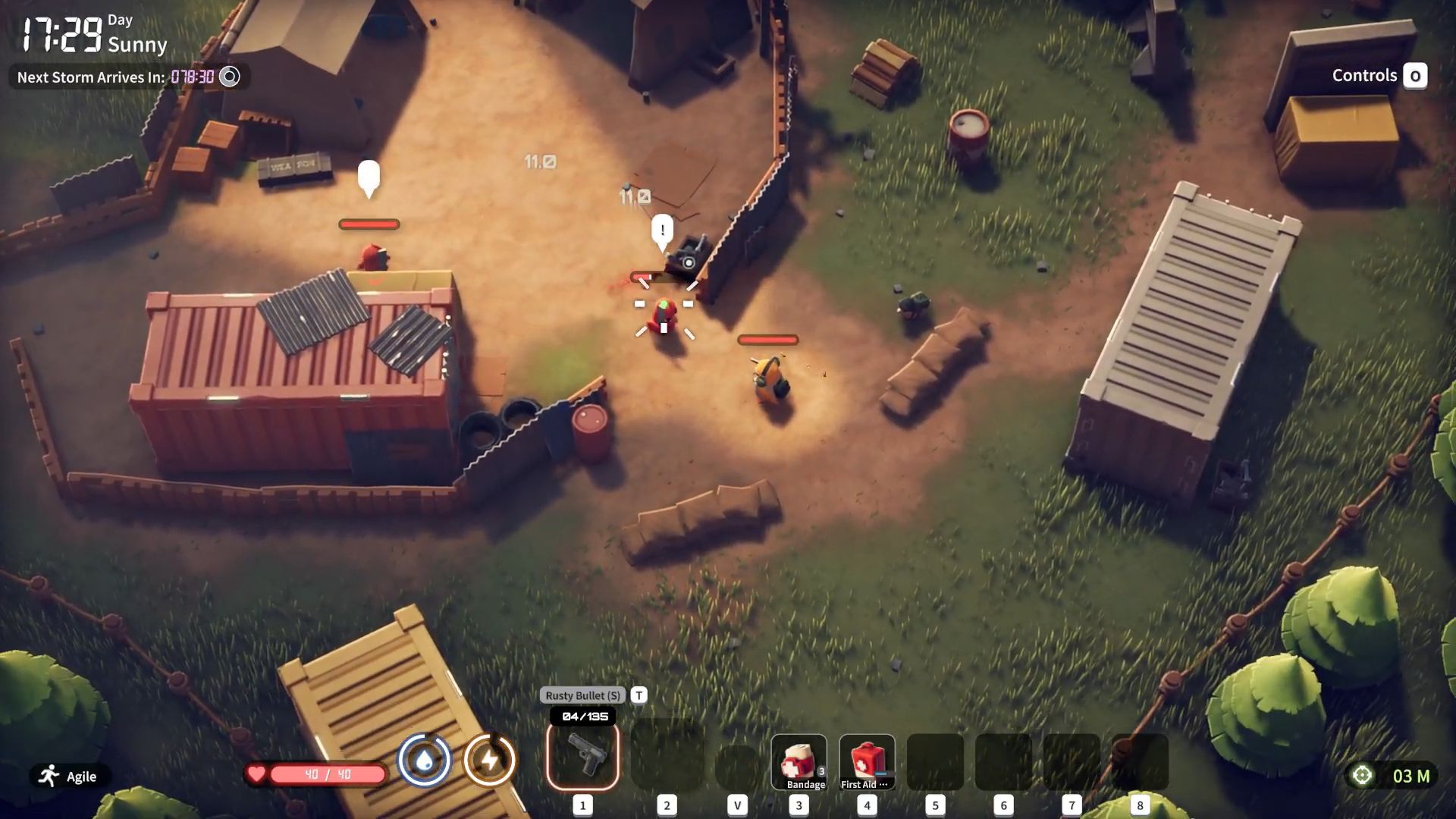Switch 2’s hardware leap brings smoother gaming and more 60 FPS options, but 30 FPS isn’t gone—expect more performance modes on the way.
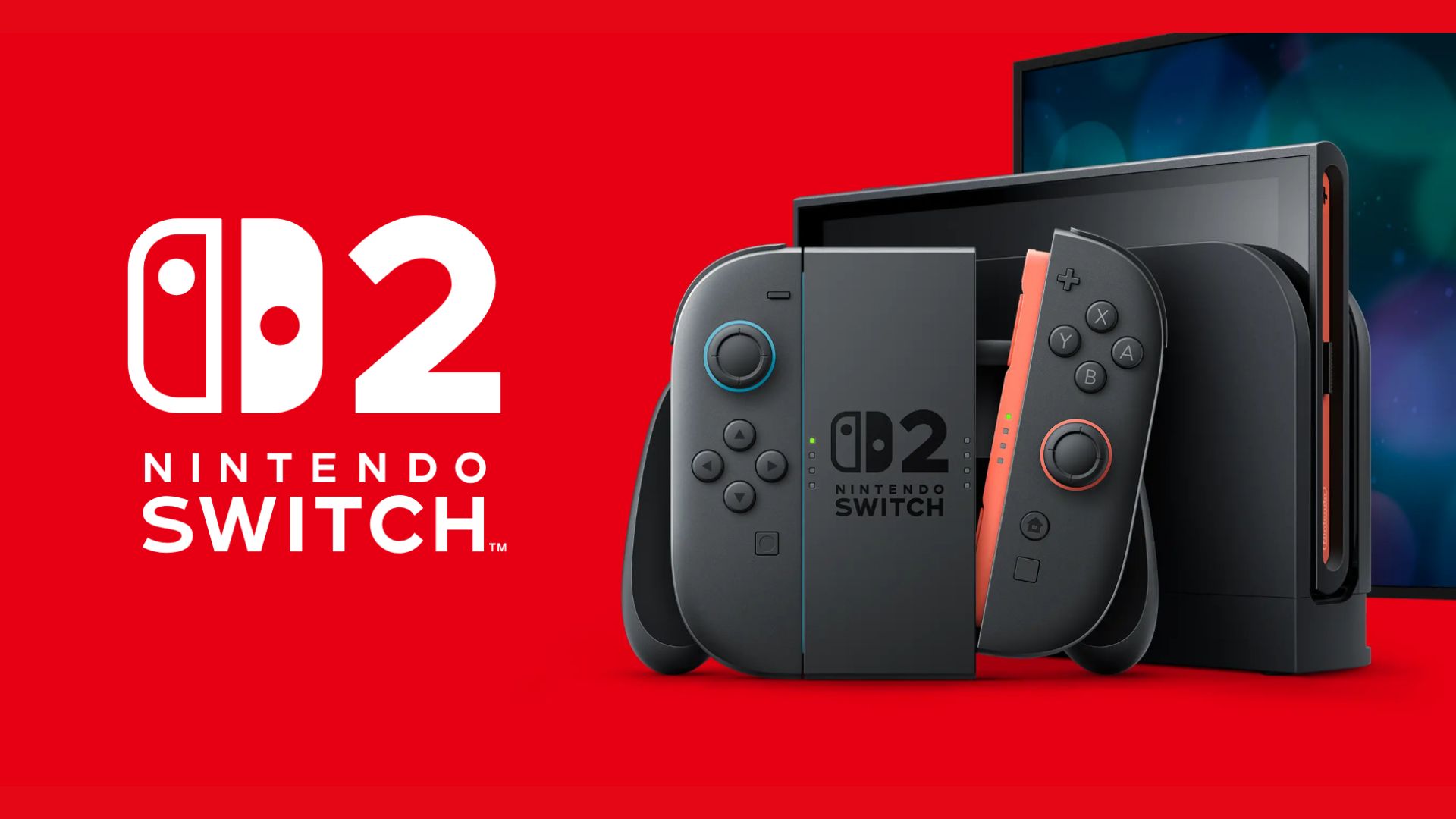
Portable computing power has skyrocketed in the past couple of years. Smartphones are already capable of 60+ FPS most of the time, as seen in games like Genshin Impact or even Call of Duty. However, when it comes to Nintendo, their Switch also undergoes a significant upgrade. The Switch 2 now features a new Nvidia-powered chip with an Ampere-based GPU. Although Ampere is a bit old, it remains a relevant architecture, allowing games to utilize all the models of DLSS upscaling available. The RAM also sees an upgrade, from 3.2 GB for games to 9 GB (12 GB total). So, can we expect more than 30 FPS? Let’s dig in.
Switch 2’s Hardware Leap – Beyond 30FPS
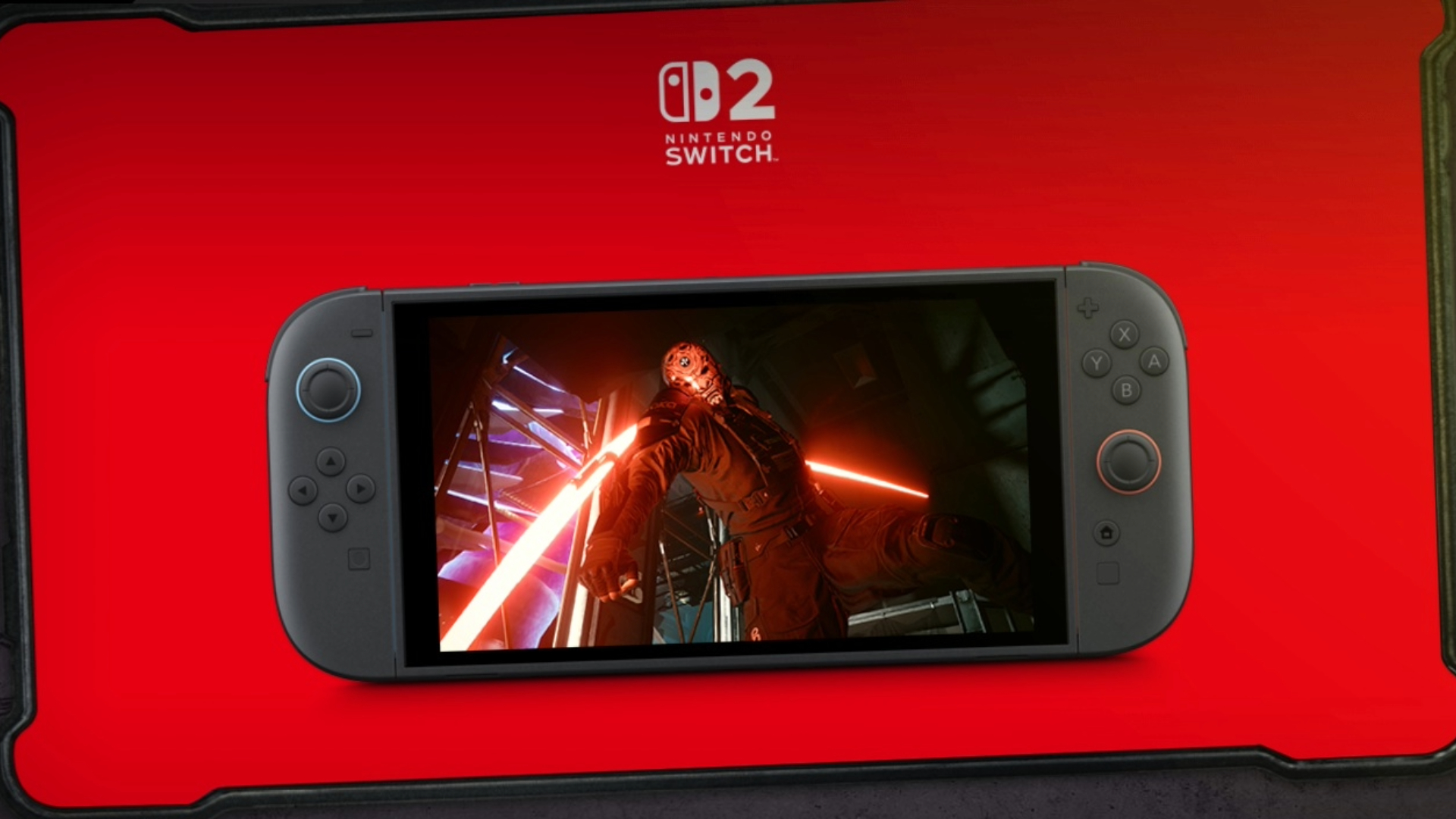
The Switch 2 now features a custom Nvidia T239 SoC with an Ampere-based GPU, which now possesses 1,536 CUDA cores. In theory, the uplift is around 7 times the original switch. The SoC shares all the bells and whistles of Nvidia’s Ampere architecture, which includes DLSS upscaling and Ray Tracing. According to Digital Foundry’s analysis, the Switch 2’s docked performance roughly matches that of a GTX 1050 Ti, with the added benefit of DLSS capabilities, which positions the Switch 2’s hardware between that of a PS4 and current-generation handheld consoles.
Real-World Performance Examples
Nintendo claims that the Switch 2 can achieve up to 120 frames per second at 1080p when used in handheld mode, and can output 4K resolution at 60 frames per second when docked. Early previews show that titles like Cyberpunk 2077 on the new system offer two different gameplay modes for users to choose from. A quality mode that is 30FPS and another is performance mode, which is 40FPS. The developers opted to show the 40FPS one and quoted that the compromise is a good alternative to 60FPS. Special thanks to the Switch 2’s display, which features a variable refresh rate, resulting in exceptionally smooth and fluid motion during gameplay.
Legacy Game Improvements
Nintendo has confirmed that many existing Switch games will receive free performance updates on the Switch 2. Titles like Pokémon Scarlet and Violet, which were notorious for performance issues on the Switch 1, will now run at a proper 60FPS and with better draw distances. There are a considerable number of games, and it’s unlikely that performance improvement will appear magically. Developers need to update their games for a proper transition and optimal utilization of the new hardware.
30 FPS Reality Check
Unfortunately, 30FPS won’t go away anytime soon. Even with all this fancy new hardware, 30 FPS will remain the standard for most titles, either as a quality option or simply as the default, unless game-specific support is available. RT is also another primary reason why 30FPS won’t disappear. If they had used Blackwell instead of Ampere, then with FG and MFG, 30 FPS would have been a thing of the past (hopefully). However, Ampere doesn’t support DLSS FG, and it’s unknown whether Nvidia has any plans to backport it. The Switch already supports 60FPS in many titles, mostly high-selling ones. Games like Mario Kart 8 Deluxe and Super Smash Bros Ultimate, among others, are prime examples.
Conclusion
The Switch 2 is a significant step up from the previous models and a step in the right direction for a smooth handheld gaming experience. Sadly enough, it won’t eliminate it. There is enough power in the hardware, and newer titles that are well-optimized should push 60 or more FPS, with Upscaling, and even retain a significant amount of image quality. What the Switch 2 does here is more than marking an end to 30 FPS. As seen in Cyberpunk 2077, there are multiple choices, allowing you to pick between quality and performance, and hopefully customize every inch of the settings.
We provide the latest news and “How To’s” for Tech content. Meanwhile, you can check out the following articles related to PC GPUs, CPU and GPU comparisons, mobile phones, and more:
- 5 Best Air Coolers for CPUs in 2025
- ASUS TUF Gaming F16 Release Date, Specifications, Price, and More
- iPhone 16e vs iPhone SE (3rd Gen): Which One To Buy in 2025?
- Powerbeats Pro 2 vs AirPods Pro 2: Which One To Get in 2025
- RTX 5070 Ti vs. RTX 4070 Super: Specs, Price and More Compared
- Windows 11: How To Disable Lock Screen Widgets
 Reddit
Reddit
 Email
Email
